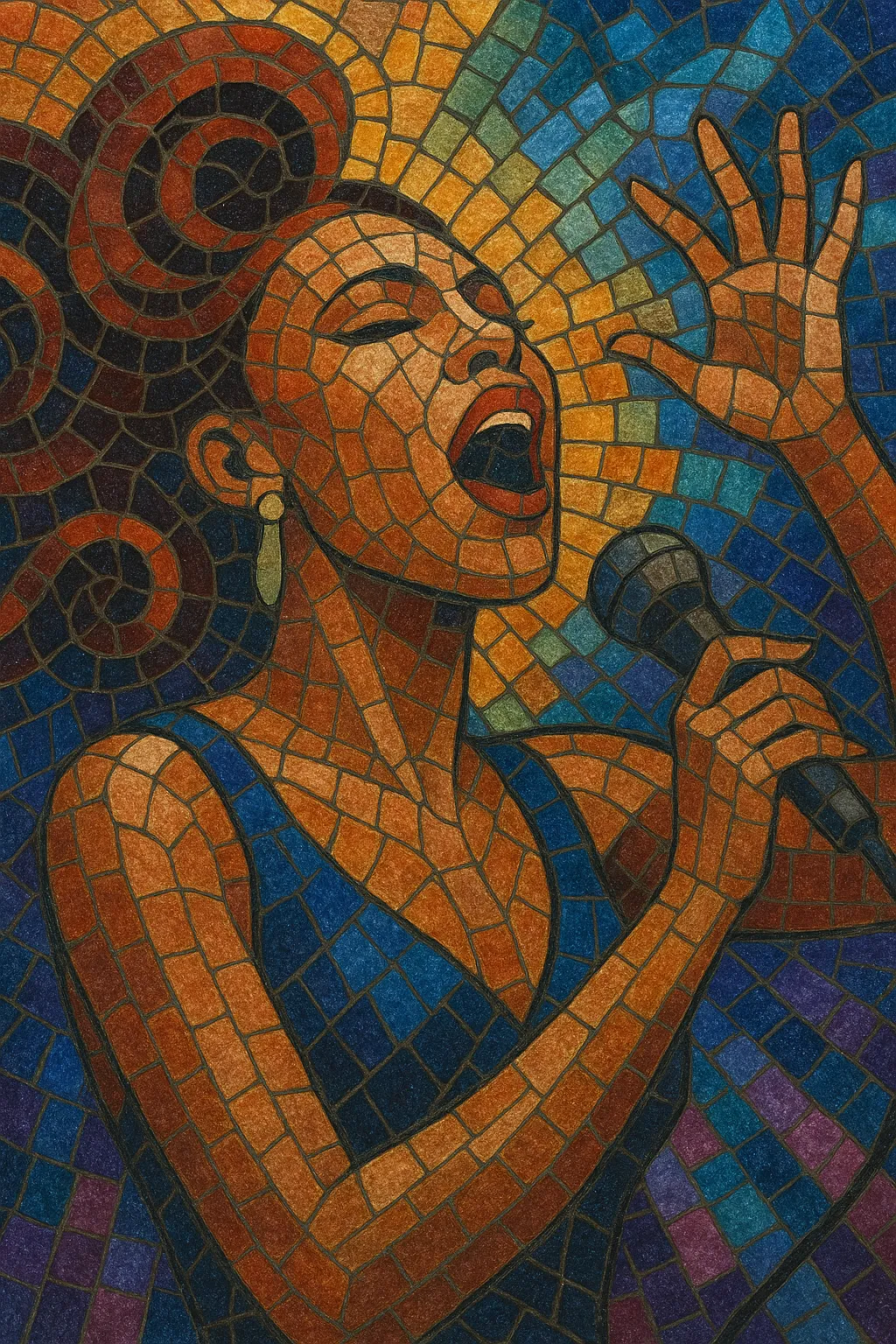
Diva house is a vocal-forward strain of house music built around powerful, gospel-influenced “diva” performances, anthemic choruses, and uplifting, emotionally cathartic lyrics. It typically runs at 120–128 BPM with a four-on-the-floor kick, bright piano/organ chords, and crisp, hands-in-the-air percussion.
The style blends Chicago/NY house foundations with disco and gospel’s call-and-response and key-change drama, creating club anthems centered on empowerment, love, and resilience. It is closely tied to LGBTQ+ club culture and Pride celebrations, where its big vocal hooks and communal energy thrive. Classic diva house records often feature sophisticated songcraft and radio-friendly structures while remaining tailored for extended dancefloor mixes.
Diva house emerged from the meeting point of Chicago house’s drum programming, New York garage’s soulful instrumentation, and disco/gospel’s vocal power. As house migrated from Chicago to NYC, producers and DJs began crafting records for vocalists with church and R&B backgrounds. The result emphasized strong chorus hooks, key changes, and ad‑libs that felt both devotional and celebratory in the club.
By the early–mid 1990s, diva house became a dominant sound in clubs and on pop charts. Labels like Strictly Rhythm and champions such as Def Mix Productions helped shape its aesthetic: buoyant pianos, M1 organs, string pads, and assertive, gospel-tinged vocals. Tracks like CeCe Peniston’s "Finally," Robin S.’s "Show Me Love," and Ultra Naté’s "Free" defined the era, bridging underground credibility and mainstream appeal.
UK and European producers embraced the formula, pairing powerhouse vocalists with radio-ready arrangements. Italian and UK studio teams contributed polished mixes that helped the sound cross into Eurodance and Euro house scenes, while ballroom and LGBTQ+ club circuits adopted diva anthems as soundtracks for celebration and self-affirmation.
While electro and progressive styles eclipsed diva house in the 2000s, the genre’s DNA persisted in pop and vocal house. The 2010s–2020s saw periodic revivals—new productions and remixes drawing on 90s piano house tropes, big modulating choruses, and empowering lyrics—reasserting the timeless appeal of the diva-led club anthem.

